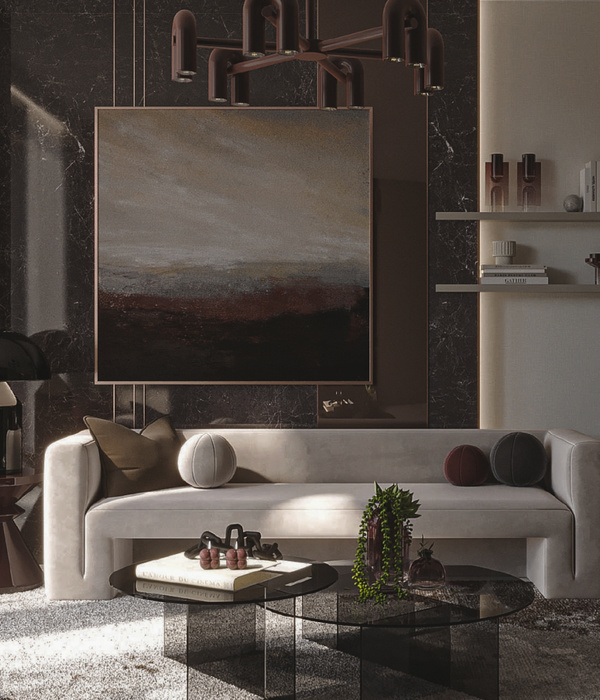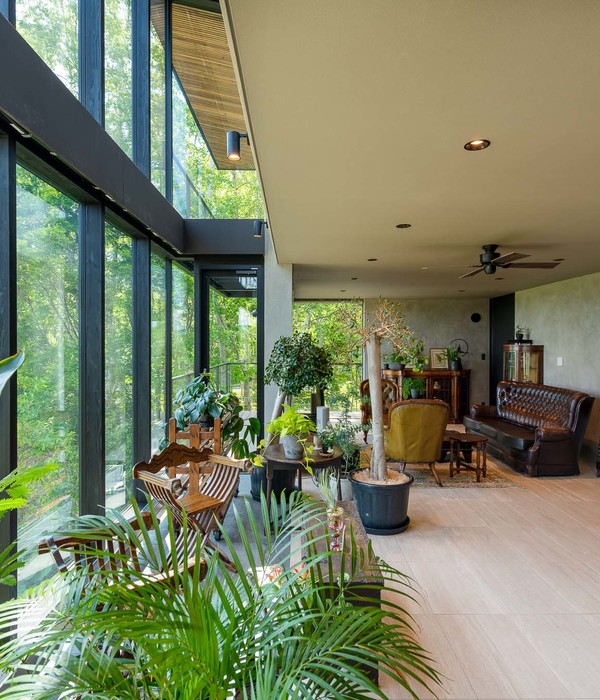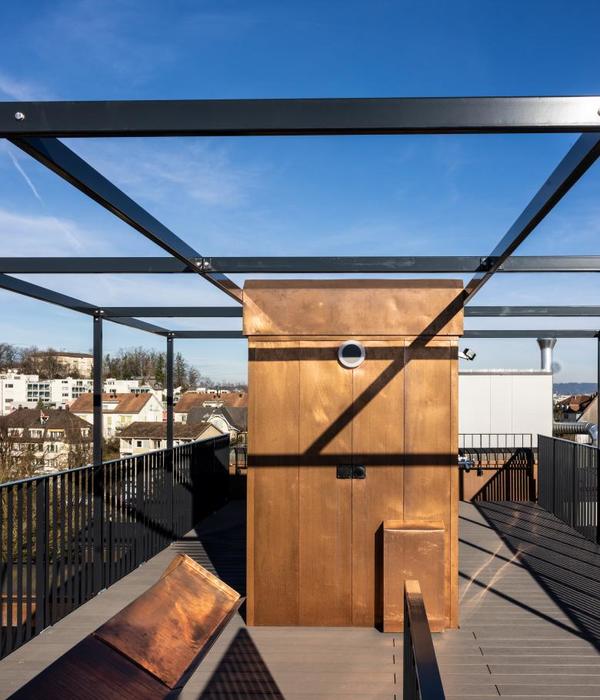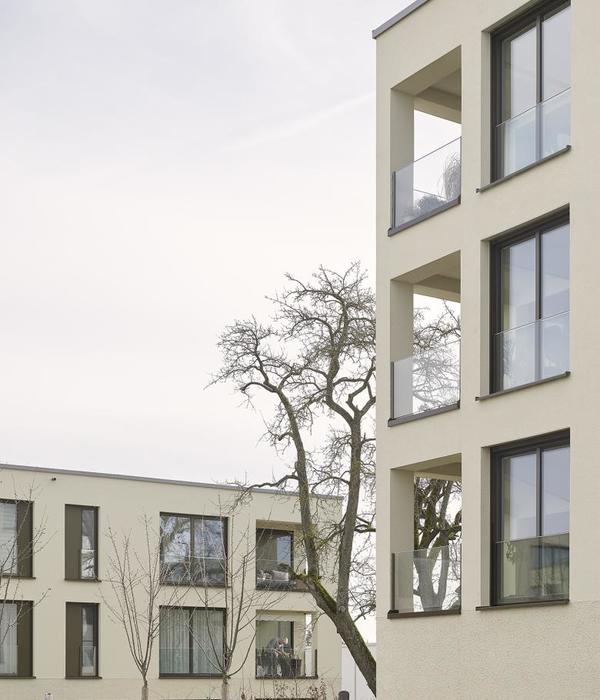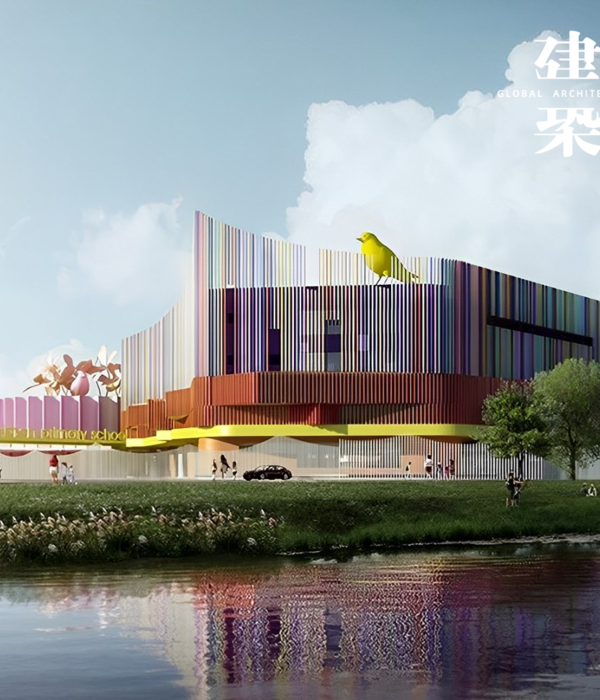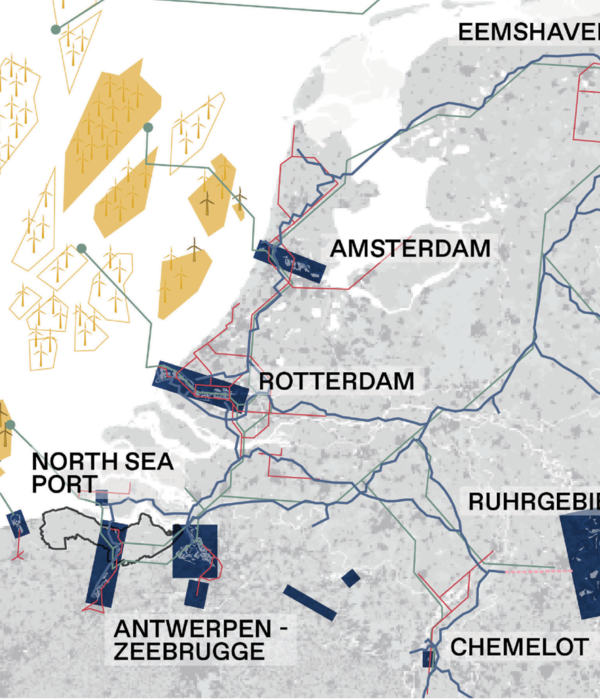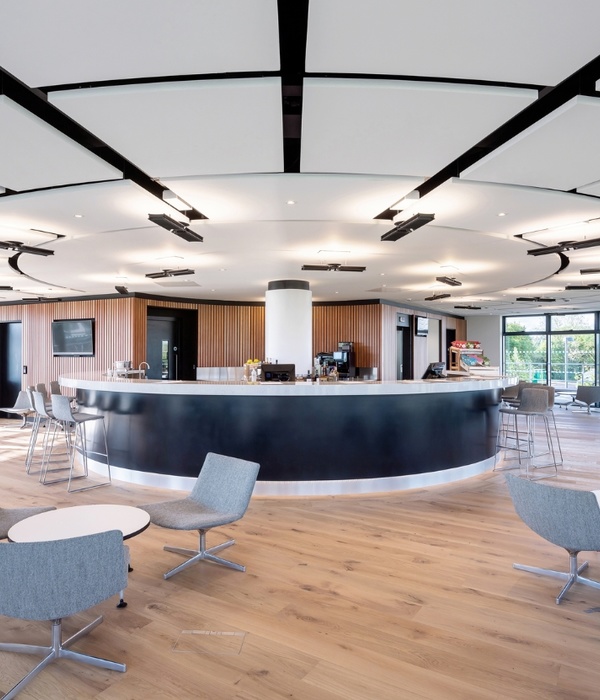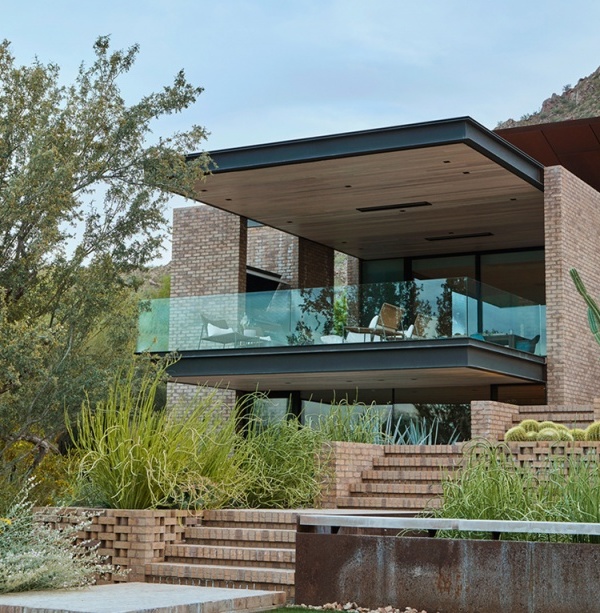Vietnam is considered one of the country’s most vulnerable to climate change in the world. Climatic phenomena such as floods, typhoons, heat wave and drought are expected to increase both in intensity and frequency over the coming years. Amongst the various issues Vietnamese cities are facing, heat waves are probably the longest and the most cyclic events.
Yet, modern AC solutions have a heavy environmental cost. They request a tremendous amount of energy out of coal-powered plants and - in addition to the leak of coolant gas into the atmosphere - they directly fuel climate change. We took the opportunity of the Seoul Architecture and Urbanism Biennale 2021 “building the resilient city” to design an alternative cooling device using neither energy nor any coolant gas. We were looking for a solution 100% sustainable, low-tech and affordable.
For centuries, ancient civilizations cooled down their buildings by using the natural freshness of water through the adiabatic principle. To evaporate, water needs energy, which is “absorbed” from the heat of the ambient air, thus generating the cooling effect. To picture it easily, you may think about a body of water in a park in summer: the closer you get from it, the more you feel a cooler air.
In parallel, Vietnamese craftsmanship remains vibrant and the countryside is filled with craft villages, each specialized in a specific trade, such as bamboo, silk, pottery or many others. This helped us designing a low-tech cooling device using the adiabatic principle coupled to the know-how of a local craftsman. Imagine a bamboo tower designed under a hyperboloid shape for structural stability. Between the main poles is setup a medium on which water runs by gravity. At its center is installed a blower taking the hot air from above and pushing it down at human height. As it crosses the water twice, the air is naturally cooled by the adiabatic principle.
To prove the efficiency of our design, we decided to test by ourselves and build up a prototype in Hanoi. We developed our own BIM parametric digital model to study various potential shapes and cooling effects, and with the help of a local bamboo craftsman, we were able to build up a full-scale operational prototype.
On the day of the test, we succeed in dropping temperature by 6°C, from 30°C to 24°C, proving the viability of the design and making a tremendous difference in outdoor comfort as you could genuinely feel a cooler air around the device. Our ambition is now to implement this sustainable, low-tech and low-cost solution in dryer climates, such as in cities around the Mediterranean basin or in the Gulf, where the adiabatic cooling is even more efficient. During dry and hot summers, our concept would be ideal to cool down outdoor spaces such as public squares, sunny pedestrian streets, or even larger buildings like train stations.
▼项目更多图片
{{item.text_origin}}

